You are here
A mammoth and humans on the banks of the Marne
A nearly complete mammoth skeleton has just been uncovered at Changis-sur-Marne in the Seine-et-Marne department.
This type of discovery, in its original context, is exceptional in France since only three specimens have been found in 150 years: the first such discovery, known as "the mammoth of Choulans”, was discovered in Sainte-Foy-lès-Lyon in 1859.
Mammuthus primigenius

Mammoths and humans
The discovery at Changis-sur-Marne is exceptional since humans and mammoths have been found together at only two Middle Paleolithic sites in western Europe: Lehringen and Gröbern in Germany. There is also the site of Ranville, in the Calvados region, where an ancient elephant (Elephas antiquus) was scavenged approximately 220,000 years ago. Finally, the excavation at Tourville-la-Rivière, in the Seine-Maritime department, recently uncovered aurochs, horses, bears, lions and panthers that were transported by the Seine, 200,000 years ago. Neandertals, who were fine connoisseurs of their territory, recovered several resources (meat, tendons, hide, etc.) from this natural jackpot.
In the near future, archaeologists and paleontologists should be able to determine whether the mammoth of Changis was killed by Neandertals, or whether they scavenged the animal after its natural death. This discovery will contribute to the debate among scientists concerning the predatory skills of Neandertals. The ultimate challenge is to determine the precise date of the event, using radiometric and chrono-stratigraphic methods.
The excavation of Changis-sur-Marne
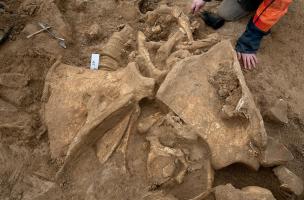
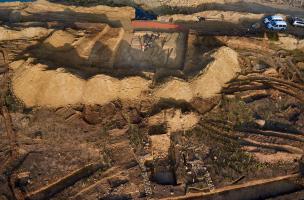
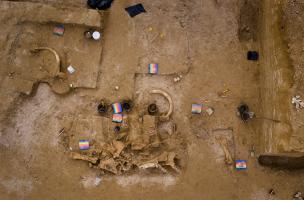
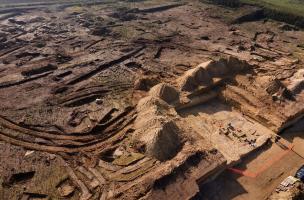
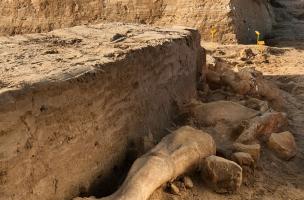
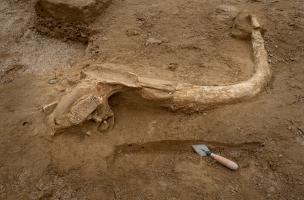
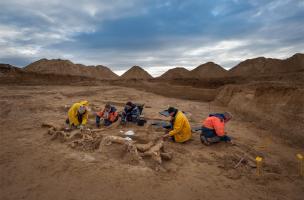
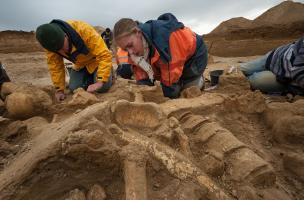
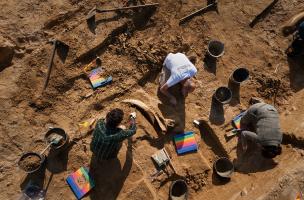
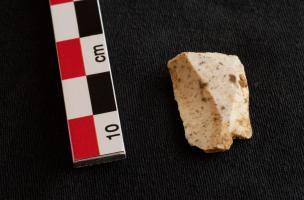
Vincent Charpentier
Director of media and partnerships Inrap,
cultural development and communication
01 40 08 80 16
vincent.charpentier [at] inrap.fr
Laure Ferry
Cultural development and communication Inrap,
Interregional direction, Centre – Île-de-France
01 41 83 75 51
laure.ferry [at] inrap.fr ( )

